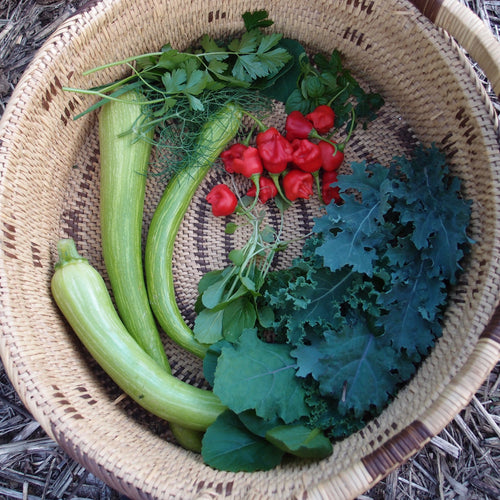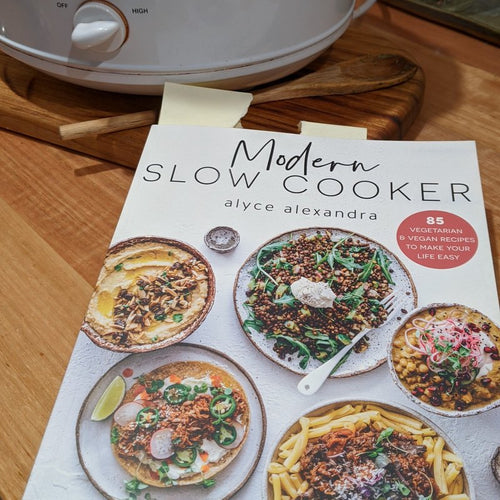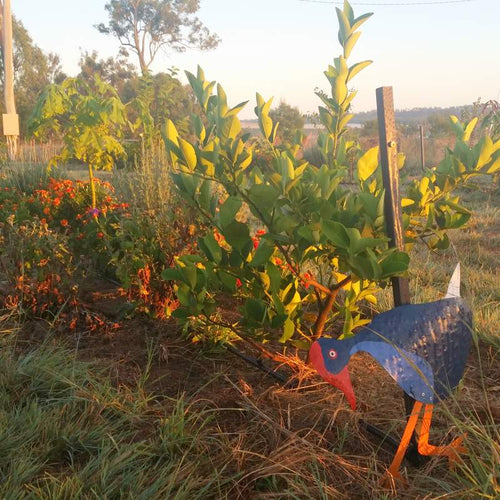The history of heirloom vegetables
Heirloom vegetables are the old varieties that have been passed down through generations. Some vegetables have a history spanning thousands of years. Heirloom vegetables are open pollinated, which means we can continue to save seeds and develop new species adapted to our individual climate. Unlike the modern hybrid vegetables, that have been bred to comply with the requirements of an industrial agriculture system, heirloom vegetables are bred to taste good! And best of all, they are open-source, not owned by anyone and can't be patented, we need to keep them alive to ensure food freedom for all.
Penguin sent me Simon Rickad's latest book Heirloom Vegetables: A guide to their history and varieties to review (see detail here). Simon write that the main purpose of the book is to tell the stories of heirloom vegetables family by family. The book itself if a lovely hardcover, nearly 350 glossy pages, with plenty of photos. I would never had expected that reading about vegetables could be so interesting!
I like to grow a few heirlooms myself, including tromboncinos, spaghetti squash, chokos and most vegetables in my garden self-seed. I definitely see the value in maintaining and enhancing these older varieties by saving seeds. I really didn't realise how old some of the vegetables really are, and it was amazing to learn that closely related vegetables originated in different parts of the world.
Here's a list of some of the interesting facts I picked out from the book:
Penguin sent me Simon Rickad's latest book Heirloom Vegetables: A guide to their history and varieties to review (see detail here). Simon write that the main purpose of the book is to tell the stories of heirloom vegetables family by family. The book itself if a lovely hardcover, nearly 350 glossy pages, with plenty of photos. I would never had expected that reading about vegetables could be so interesting!
Here's a list of some of the interesting facts I picked out from the book:
- Peas were originally grown to be dried and were eaten as a pea mush, fresh peas is a relatively recent innovation
- Before potatoes were brought to Europe from the Americas, turnips and parsnips were the staple root crops
- Carrots were originally purple and yellow before an orange variety was developed
- After peanut flowers are pollinated, the stem turns downward and burrows into the ground to grow into a peanut
- Bok choy, Chinese cabbage, swede and canola are closely related
- The oldest known vegetable is the gourd, at 10000 years old, and originally grown as a vessel rather than for eating
- Eggplants are originally from the India/Burma region and were white, hence the name
- Quinoa, beets and spinach are closely related
- Rhubarb was originally highly valued for the laxative properties of its root
- Warrigal greens are native to Australia and widely cultivated in Europe
- Lettuce, artichokes and thistles are closely related
- Garlic is over 6000 years old and is so altered by human cultivation it cannot breed in the wild
- Vegetables native to the Americas include beans, pumpkins, corn, potatoes, tomatoes, capsicum, yacon, Jerusalem artichoke and sweet potato, but not watermelon
Do you grow heirloom vegetables? Did you know they were so interesting?

























Leave a comment